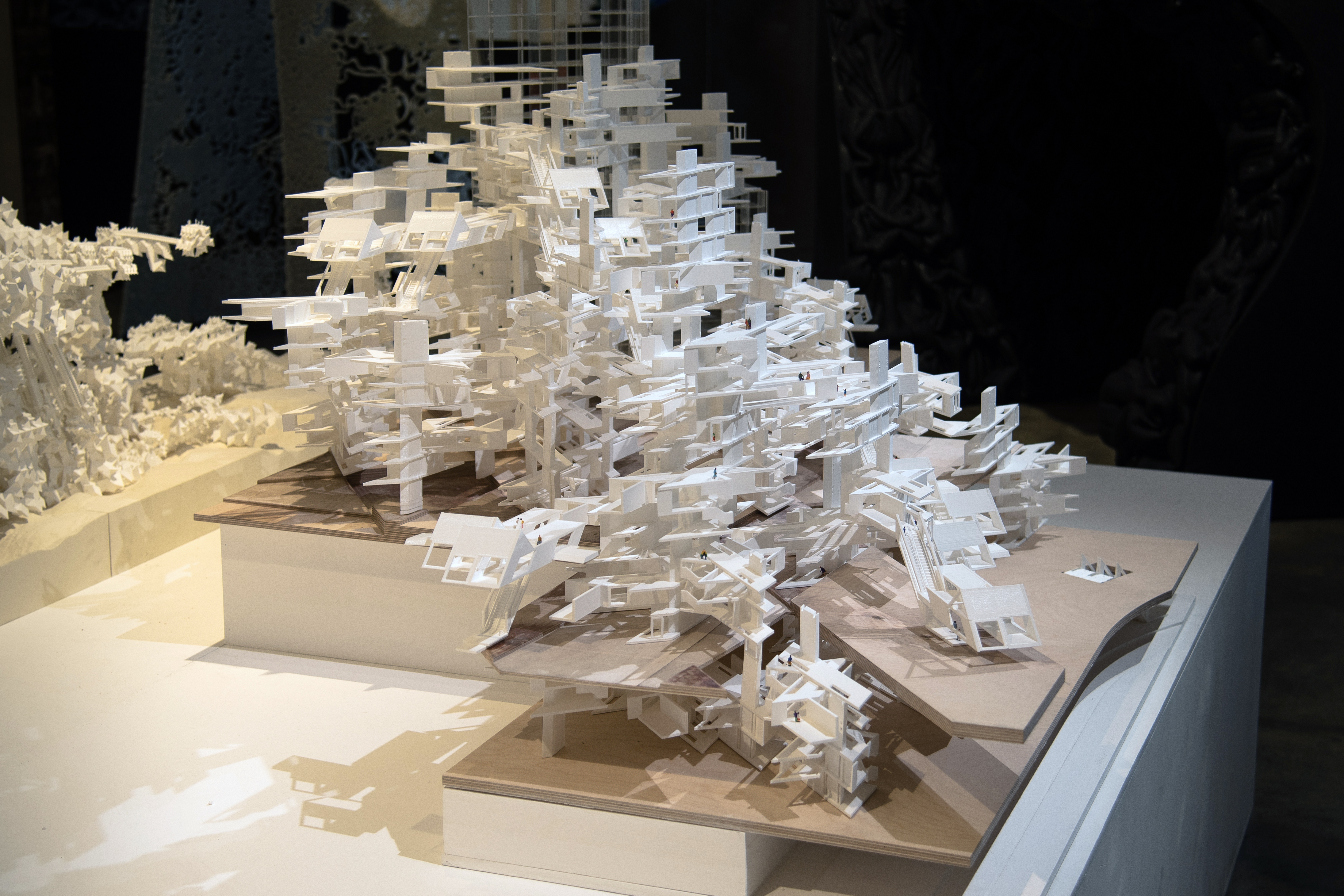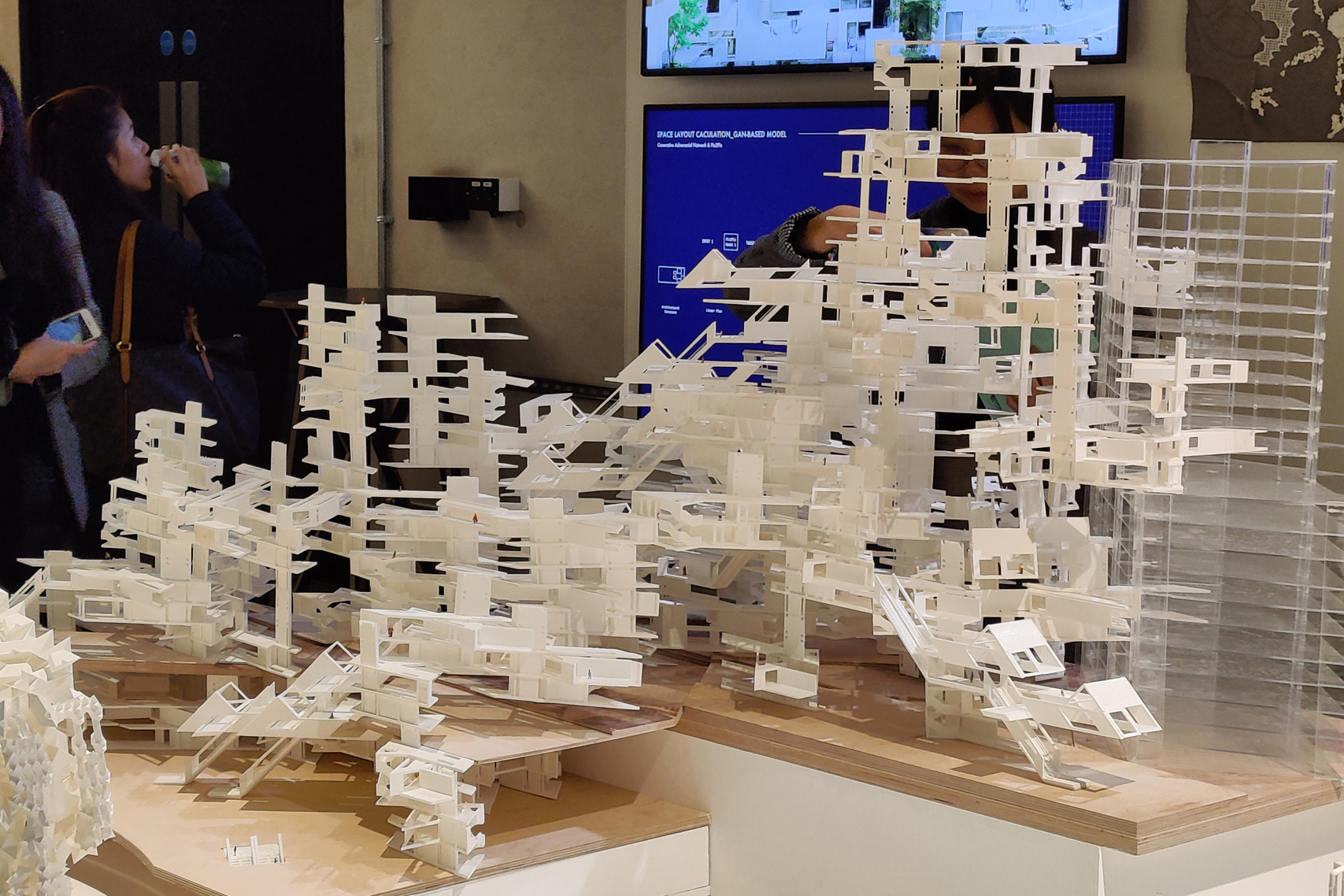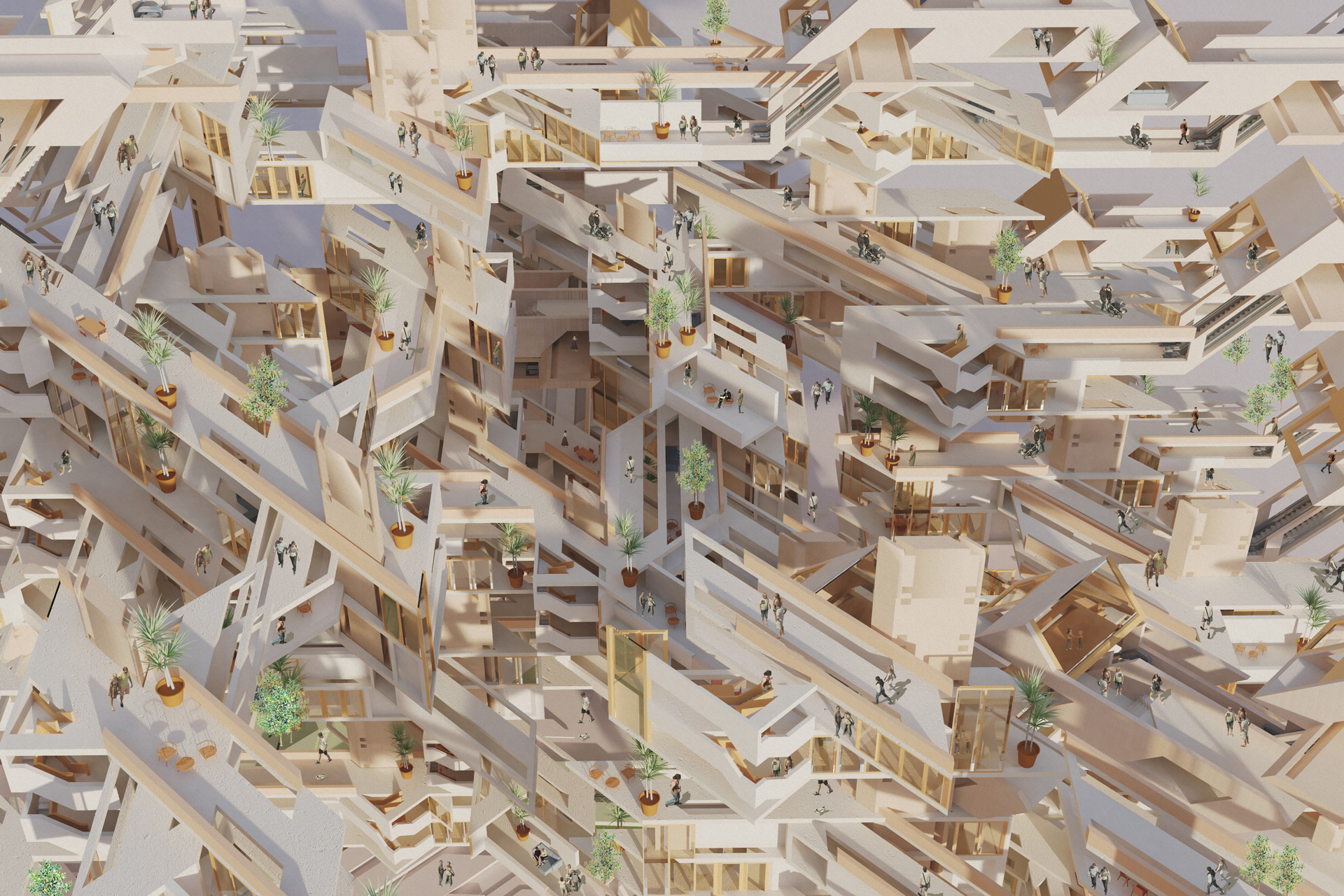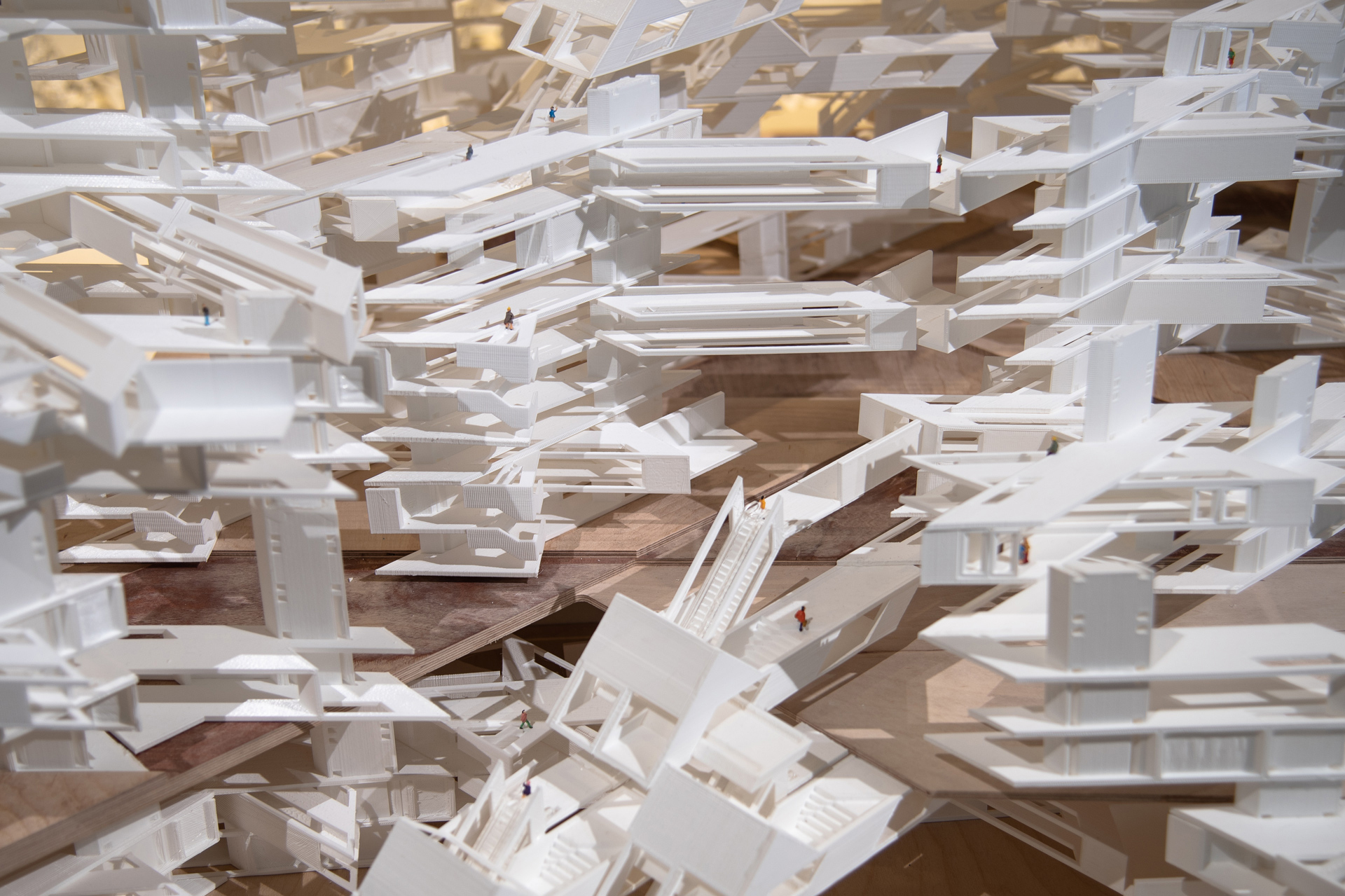RC17 When Numbers Dwell: Comata
Research Cluster 17 - Large City Architecture Research
B-Pro Urban Design, The Bartlett School of Architecture, UCl London
led by Daniel Koehler and Rasa Navasaityte
with Ziming He and Sheghaf Abo Saleh
2018-2019
Team Comata: Anthony Alvidrez, Shivang Bansal, and Hao-Chen Huang.
Comata projects cooperative and shareable living spaces into a fully automated real estate market. Computed by the fusion of its parts only, buildings turn into decentralized autonomous organizations which offer a new spatial form coined as Codividuality. It is a small step from computing a building through a logistic data model towards a building computing its data, program, form, or value. The project begins with that question: what spatial qualtities evolve when building parts independent from any third party, and especially a designer, organize their own estate. Seen as a dezentralized autonomous organization, the house itself turns into an ecology of building parts. The overlapping of economic models with ecological thought offers the opportunity not only to develop new models of living through design but also to develop environmental performative building typologies. Here, we propose the concept of Codividuality, the fusion of parts through a DAO and Mereological methodology, offering spatial connectivity’s composed of parts. According to the reinterpretation for individualism, collectivism, and codividuality by the logic of parthood and composition, individuals could be defined as ones-in-whole; collectives as parts-in-whole”. The merged term codividuals could be translated into parts-within-parts. Based on this part-to-part relation, codividuals in the sense of composition will start with existing individuals and then collective themselves into identified parts. Unlike, individuals’ self-determination, parts’ identities contributed by participation thus forming a strong correlation in-between but preserving autonomy. Consequently, being codividual, each individualistic entity obtains the potential of state-transforming by sharing its identity with others. Since the involved entities fuse into new collectives, the compositing group will simultaneously change its form corresponding to sharing features; therefore, codividuality could be seen as “fusion.” Benefiting from the values of both individualism and collectivism, codividuality obtains individuals autonomy and, on the other hand, encourages collective interaction. We explore how space can change from one state through another through the fusion of parts. The fusion of parts, in which two parts become a single new part and act as such, and this new part begins to repeat this process to create an infinite number of parts and special conditions. This form of fusion and the methodology behind that is what we are computing, not using the standard of existing computational methodologies, such as state machines, but computing through the physical geometry and the fusion of parts.








